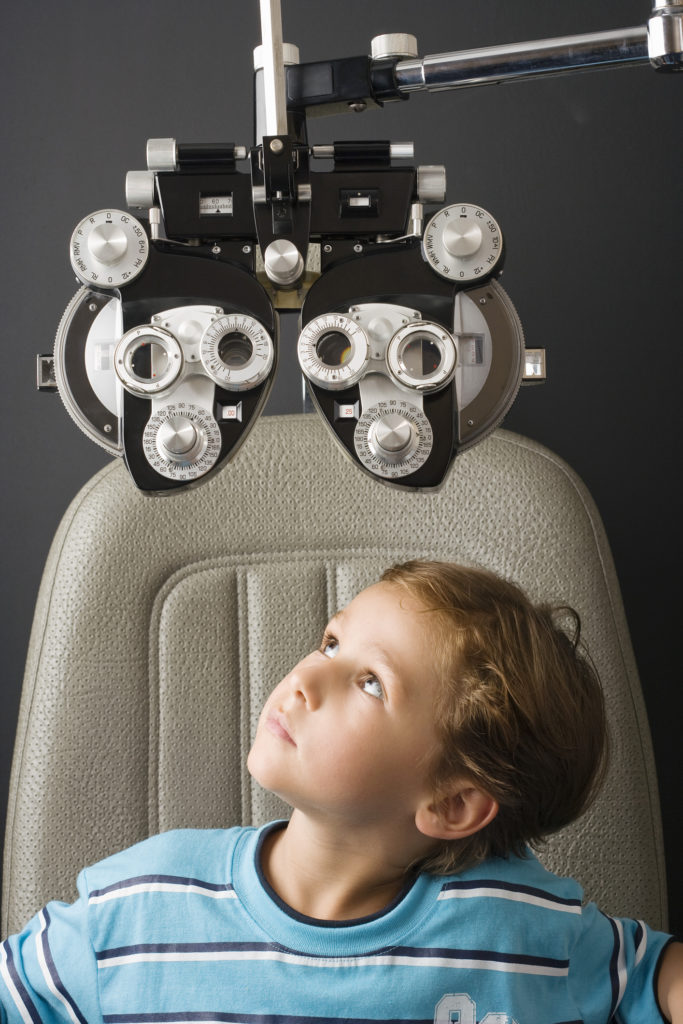March 1, 2020
By Dwight Akerman, OD, MBA, FAAO
Chief Medical Editor, Review of Myopia Management
 Eye care professionals often ask me how I define myopia management. They also ask me what the difference between myopia management and myopia control is. Let me provide you with my perspective.
Eye care professionals often ask me how I define myopia management. They also ask me what the difference between myopia management and myopia control is. Let me provide you with my perspective.
Firstly, myopia control is not my preferred terminology because it is not a comprehensive term. It refers to a mechanism of action or a singular treatment. Myopia management is my preferred terminology because treating juvenile-onset progressive myopia is not a one-time event. Rather, it’s a long-term process. If myopia is diagnosed in an 8-year-old, chances are that child’s myopia must be managed for at least the next 10 years.
My definition of myopia management can be summarized by four key activities:
- identifying risk factors for myopia and high myopia
- providing information, advice and recommendations to children, parents and other stakeholders
- prescribing appropriate interventions to slow myopia progression and reduce the risk of developing high myopia
- being proactive
Of these four key professional activities, being proactive is perhaps the most challenging. When faced with a myopic child, many eye care professionals play it safe, add another -0.50 DS to the child’s spectacle prescription and tell the parents to bring the child back in one year for another eye exam. Nothing is prescribed to slow progression, and myopia is not really being managed according to this definition of myopia management.
In the year 2020, let’s commit to being proactive about myopia management over the long-term rather than simply myopia control in the short term. For the sake of their future eye health, children need your commitment.
Best professional regards,

Dwight H. Akerman, OD, MBA, FAAO
Chief Medical Editor
dwight.akerman@gmail.com













